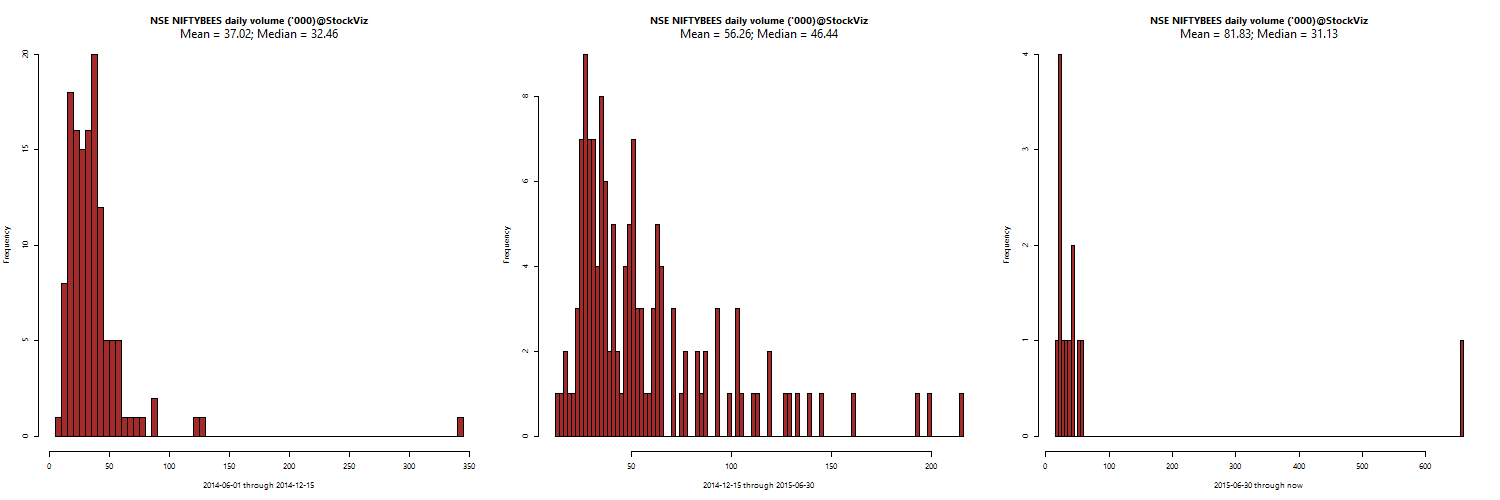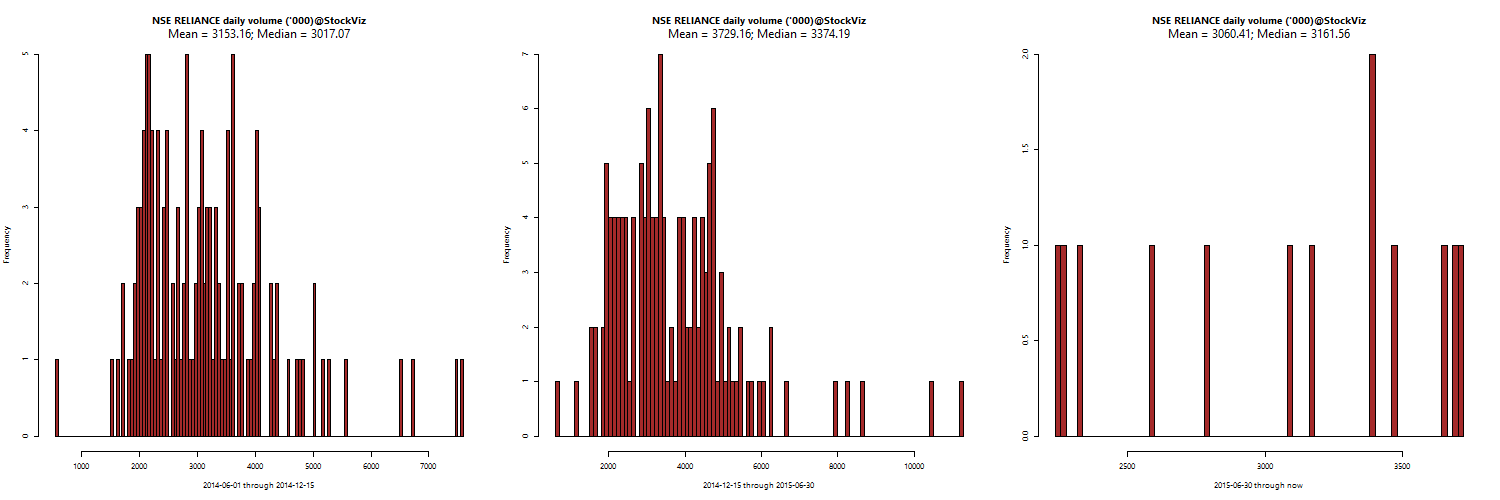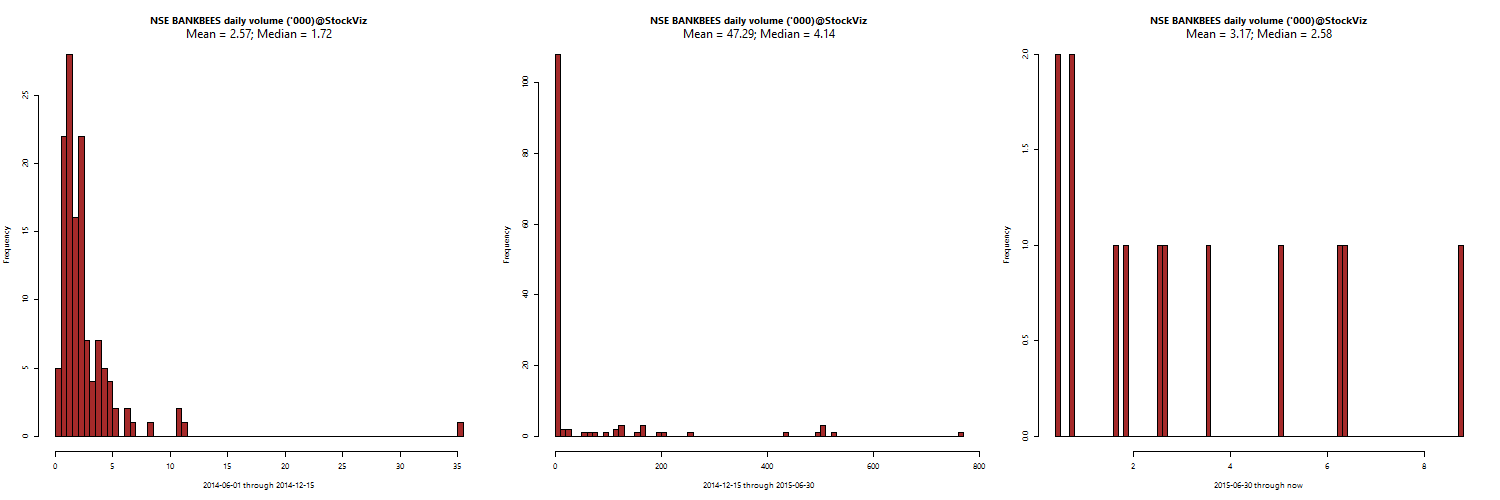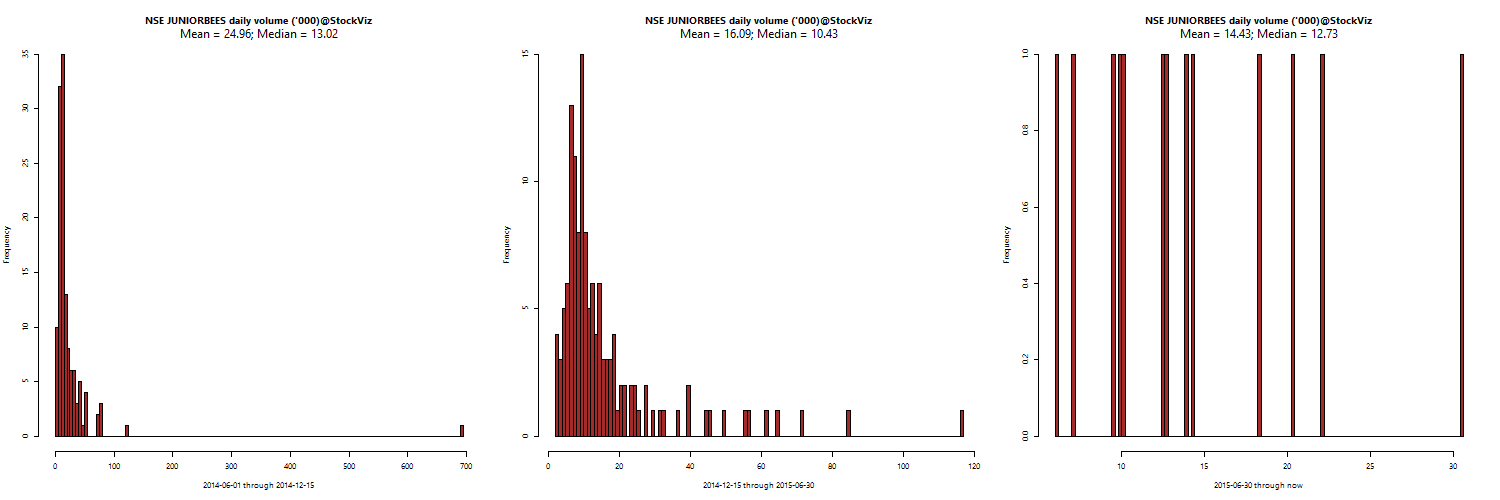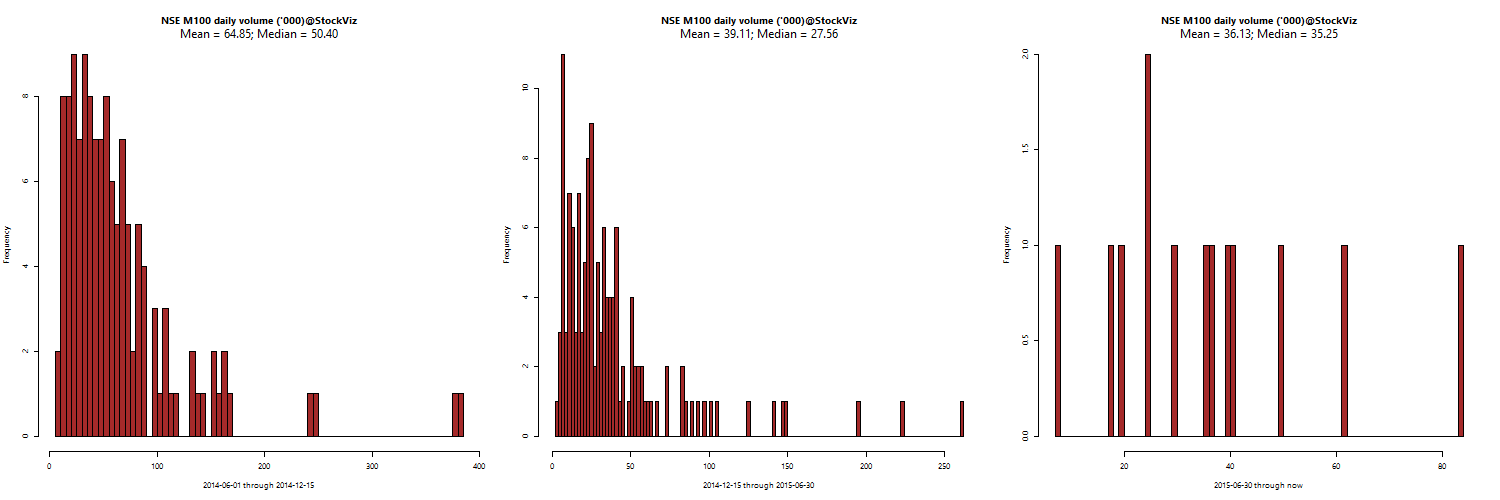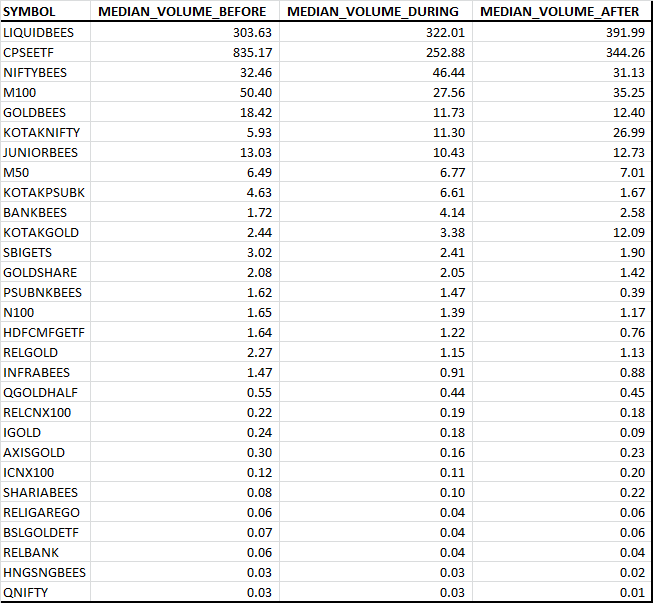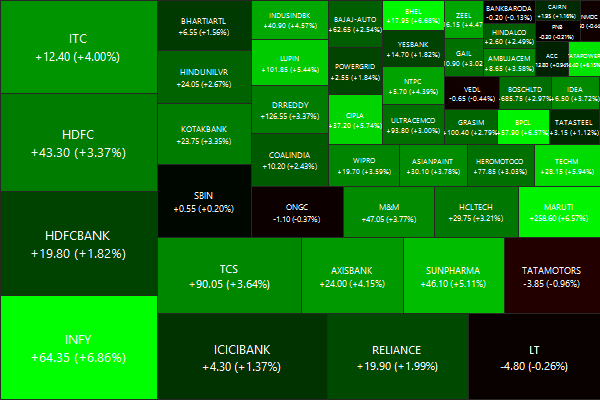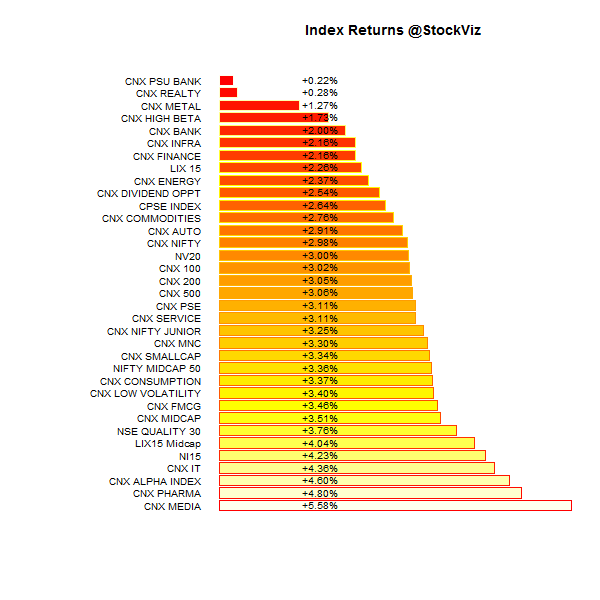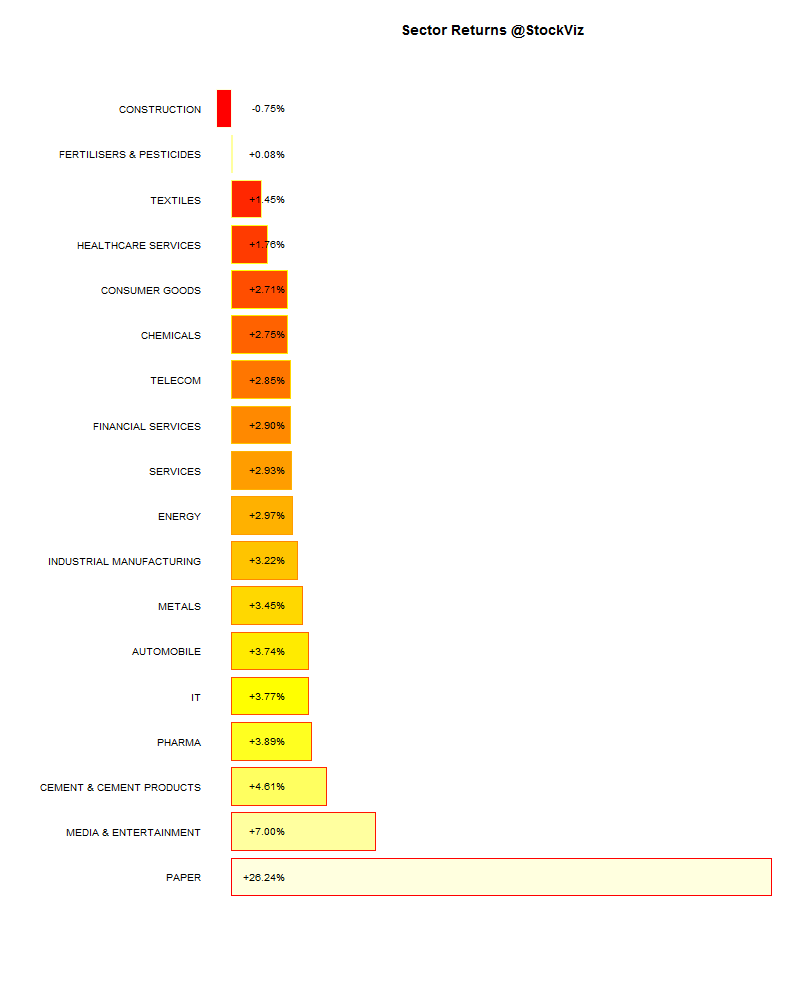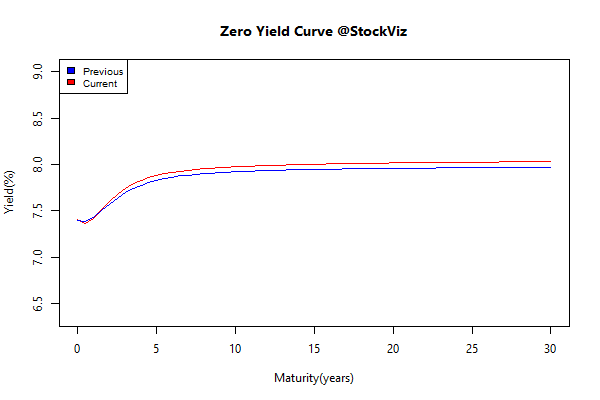Dividends vs. Buy-backs
When firms are left with excess cash, they have the option of distributing money back to shareholders by either issuing dividends or buying back their stock.
All things being equal, investors should be indifferent whether a company pays dividends or engages in a buy-back.
The dividend irrelevance argument
The underlying intuition for the dividend irrelevance proposition is simple. Firms that pay more dividends offer less price appreciation but must provide the same total return to stockholders, given their risk characteristics and the cash flows from their investment decisions. Thus, there are no taxes, or if dividends and capital gains are taxed at the same rate, investors should be indifferent to receiving their returns in dividends or price appreciation. (Source: NYU)
Indian Taxes
In India, long-term capital gains in equity investments attract zero tax. Long-term is one year. However, there is a dividend distribution tax of around 28%. So if a company decides to pay Rs. 100 in dividend, only Rs. 72 reaches the shareholder.
In this scenario, companies that declare dividends are taking a step that is against the interests of the share-holder. Investors are better off if the company buys back stock from the open market instead.
Here are some of the largest dividend payers:
The figures are in Rs. crores and nearly 1/3rd of this goes to the tax-man.
One wonders if these companies are working for the Indian government instead of the shareholder.
Conclusion
Small investors and fund managers should demand that the boards consider buy-backs over dividends.
